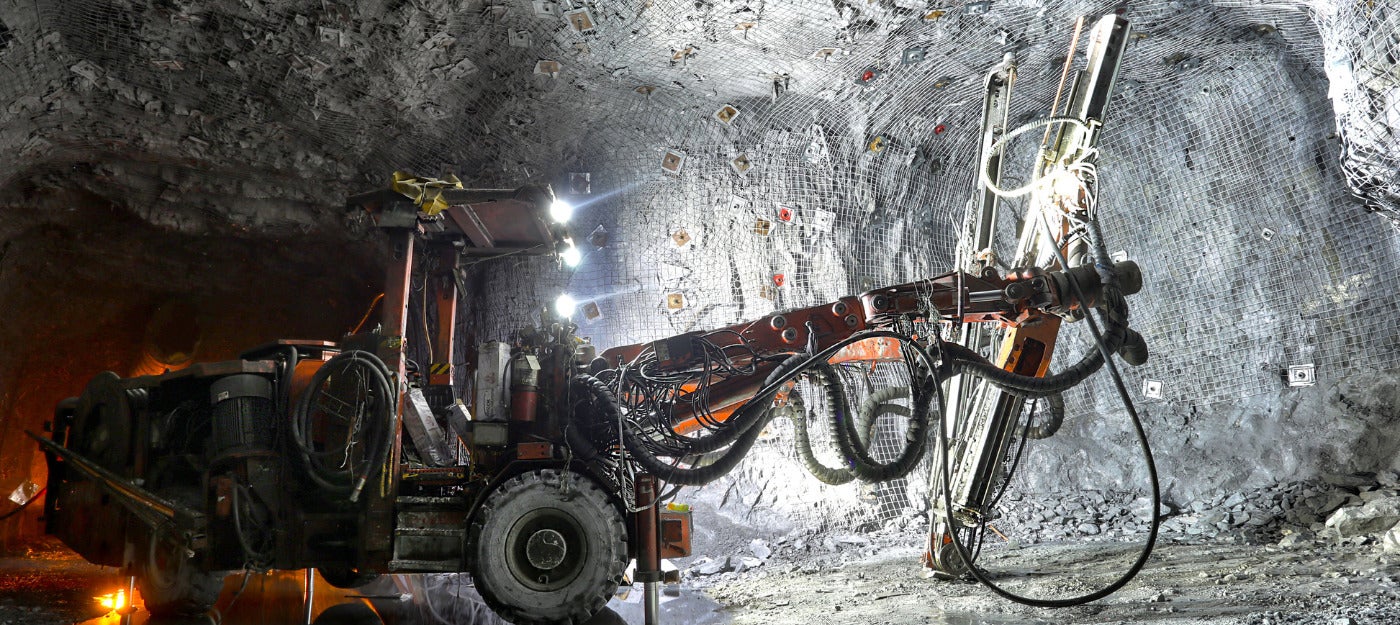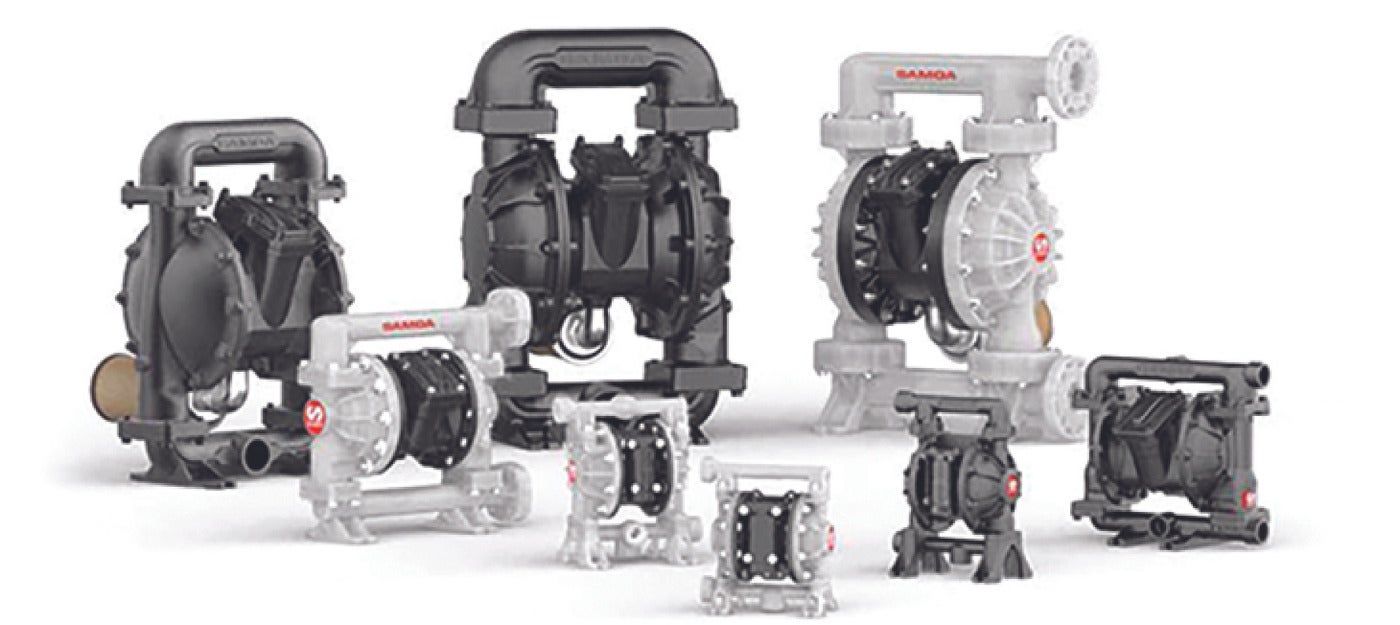
According to OSHA, combustible dust refers to any finely divided combustible particulate solid that presents a flash-fire or explosion hazard when suspended in air. Examples include metal dust, wood dust, coal dust, plastic dust, and more. The revised OSHA Combustible Dust National Emphasis Program (NEP) outlines these hazards and procedures for certified inspections.
New Testing Equipment for Enhanced Dust Management
In the wake of updated safety regulations, companies are turning to advanced technologies for improved dust sampling and testing. Carroll Technologies, in partnership with Zefon International, offers a range of dust monitoring and air quality control solutions designed to meet the latest safety standards.
One such solution is the Zefon Escort ELF Dust Pump, which provides highly accurate dust sampling in adverse environments such as underground mines and manufacturing facilities. This pump features a state-of-the-art laminar flow sensor to maintain constant flow control, even with changing battery voltage, temperature, or altitude. With a robust IP65-rated case offering protection from EMI/RFI and moisture, the Escort ELF pump is designed for durability in harsh conditions. Key specifications include:
- Flow range: 0.5 to 3 L/min
- Accuracy: ±2.5% at set points between 1 and 3 L/min
- Battery life: NiMH, with low-battery indicator
- Dimensions: 10.8 cm (H) x 10.2 cm (W) x 5.7 cm (D)
- Approval: NIOSH, MSHA, and UL certified
In addition, Zefon’s Coal Dust Sampling Cassettes provide precision sampling specifically for coal dust, using a pre-weighed 5-micron PVC filter. These cassettes are crucial for compliance with the Mine Safety and Health Administration (MSHA) standards for coal dust testing. Each cassette is supplied with a data card that records the weight of the filter capsule to the nearest 0.001 mg, ensuring accuracy in mine safety reports.
The Importance of Combustible Dust Testing
The primary reason for combustible dust testing is to ensure the safety of workers, facilities, and nearby communities. Identifying potential dust hazards and taking preventive measures can prevent tragic incidents. Testing helps in quantifying the risks associated with combustible dust in a given environment. This data is essential for risk management and mitigation strategies.
Testing methods may include dust characterization, which looks at the composition of the dust particles, their size distribution, and their ignition properties. Explosion severity testing evaluates parameters such as the maximum pressure and rate of pressure rise during an explosion. This data is used to classify the hazard.
Minimum ignition energy (MIE) testing determines the minimum energy required to ignite a dust cloud, which is vital for controlling potential ignition sources, whereas minimum ignition temperature (MIT) testing identifies the lowest temperature at which a dust cloud can ignite. This information is essential for selecting appropriate equipment and designing safe processes.
Calibration and Maintenance Solutions
Regular maintenance and accurate calibration are critical to ensuring the reliability of dust sampling equipment. Carroll Technologies supplies the Zefon DigiCal 5 Primary Flow Calibrator, a compact, NIST-traceable device capable of providing instantaneous flow measurements with ±0.5% accuracy. This ensures that your dust sampling devices, such as the Escort ELF pump, operate correctly, preventing any potential hazards caused by inaccurate readings.
To support long-term performance, the Zefon Escort ELF Maintenance Kit includes all necessary components, such as dust filters, water stop filters, O-rings, and battery plugs, to maintain the integrity of the sampling pump.
Dust suppression
Carroll Technologies provides a wide range of dust suppression solutions for adverse environments, such as underground mines. Airflow control and efficient ventilation are essential to increase air quality, so mines rely on air filtration systems and mine sealants to keep dust particles at a safe level.
When it comes to mine sealants, Silent-Seal is leading the way with its effective mine ventilation air sealant foam spray, which is used to spray into areas to make a solid seal to control airflow in underground mining applications.
Carroll Technologies also supplies Bluefield Manufacturing products, including a comprehensive range of brattice ventilation curtains and associated equipment for mines and tunnels. Its lay-flat blower tubing is exclusively manufactured from MSHA approved material and standard sizes are 8in long and ranging between 30in (for yellow brattice) and 35in (for off-white brattice) in diameter. They are made with D-rings, hooks and 5/16in wire rope on the end.

